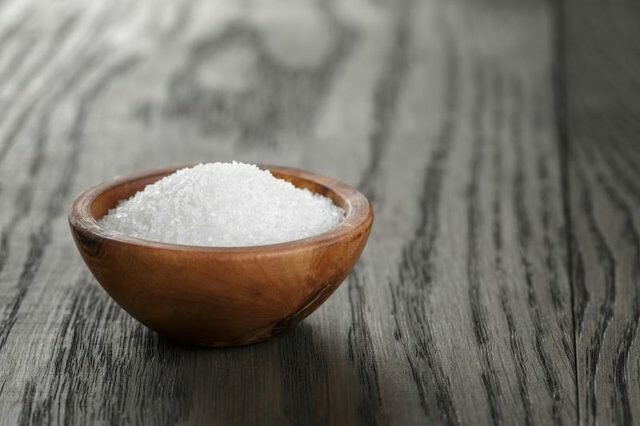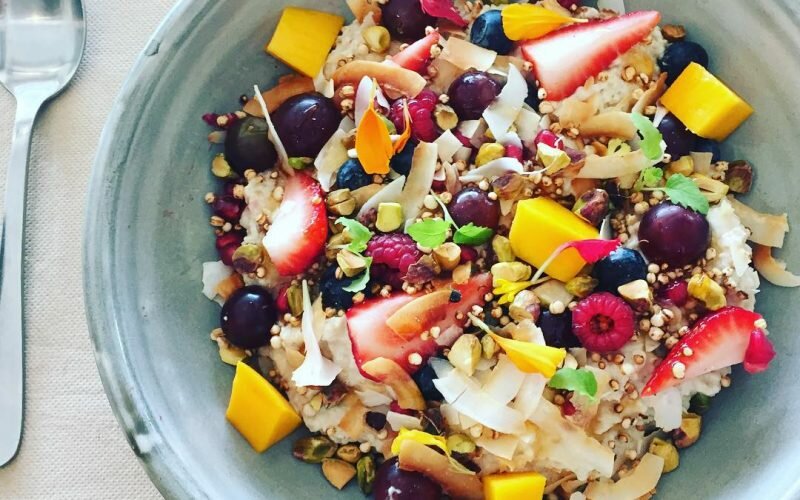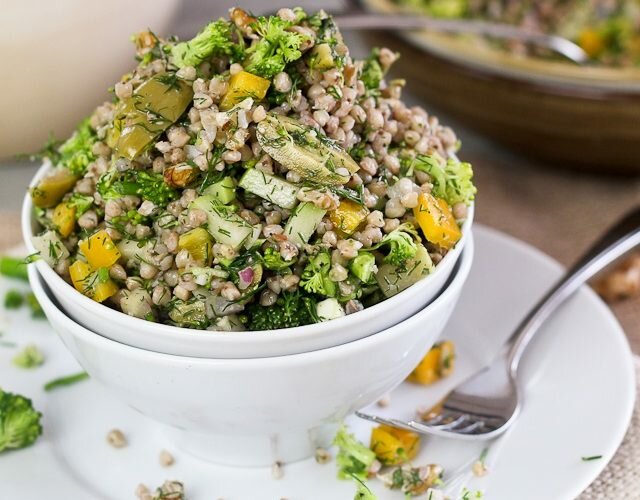I understand that a lot of people are only now beginning their journey of understanding the role of sugar in our diets so I thought I might lay out some information to make it all a bit clearer (in case you haven’t seen the film or read the book or even if you have and it still seems overwhelming).
Recently the World Health Organization recommended that for optimal health we should restrict our added ‘free sugar’ intake to just 25 grams or 6 teaspoons a day. But what exactly does this mean?
The simple rule is:
SUGARS naturally occurring in fruits, vegetables and dairy are OKAY but SUGARS removed from their original source and ADDED to foods, we need to be wary of.
‘Free Sugars’ are those sugars that are removed from their original source and ADDED to foods usually as a sweetener or as a preservative for longer shelf life. There are estimated to now be around 60 different names for these ‘free sugars’ as you can see here:
When reading a label, its important to check the ingredients list and look out for any sugars listed above. Often SUGAR will be on the list but companies are getting cheeky now and are using these other names like ‘evaporated cane juice’ or ‘organic palm sugar’ as a disguise and to avoid the word SUGAR. These are still an added ‘free sugar’ and usually contain fructose as a sweetener.
You see many of these sugars contain the molecule called FRUCTOSE. Fructose is what makes foods sweet. It is one-half of table sugar and it’s why most of us have a sweet tooth.
Fructose is found in fruit (and a small amount in vegetables) but there is a big difference when we eat it in fruit as opposed to it being a ‘free sugar’. Fructose in fruit is encased in fibre which hugely affects its metabolism in our bodies. The fibre helps to slow down the absorption and so it doesn’t get fast, direct access to the liver like it does when it is ‘free’.
As I experienced, when it is able to access the liver very quickly, there is no regulation process for it (because it was so rare in nature when we were evolving) so it rapidly gets turned into fat. This process is greatly effected and halted when the fructose is absorbed with the fibre of the fruit.
Thats why we absolutely endorse eating fruit but agree with the WHO that when this sugar is ‘removed’ from its natural casing, it has a very different effect (i.e. juices, concentrates, syrups etc..)
This also goes for sugar cane too. If you ate sugar cane juice straight from the plant, it only makes up about 10% of the plant and you would eat it by also chewing the stalk and getting some fibre to slow down absorption. What we do is extract this cane juice from its fibrous home then refine it until it becomes a fine white crystal…does this sound like something else we do to a cocoa leaf?
LACTOSE
The other important point to understand is around a natural sugar found in dairy products called LACTOSE (Stephen Fry explains this in the film and the book “That Sugar Film”)
If you are reading a label for plain milk you will notice it has a fair bit of sugar in it. This is a natural sugar and is not the ‘free sugars’ the World Health Organization is talking about. Flavoured milks however, are different, they have lactose plus added sugar.
This also applies to yoghurt. The naturally occurring lactose in yoghurt is around 1 teaspoon per 100 grams, so any more sugar than that is going to be the added sugar that the WHO is referring to. Check the ingredients list and look for those cheeky names mentioned above just to be sure. This is a good example, it is a low-fat fruit flavored yoghurt:

The label says there are 19 grams of sugar per serving size of 170 grams. First we check the ingredients and see the cheeky name for sugar ‘evaporated cane juice’ plus ‘fruit concentrate’. So 19 grams divided by 4 (4 grams per teaspoon) is over 4 teaspoons, closer to 5, so lets say 5 teaspoons of sugar. We know that 1 teaspoon per 100 gram is lactose which means that in 170 grams there will be 1.7 teaspoons of natural lactose sugar. This means that 5 teaspoons in total minus the 1.7 teaspoons of lactose leaves 3.3. There are over 3 teaspoons of added or ‘free sugars’ in this yoghurt. Thats half your daily recommended WHO amount. If you are going for a yoghurt, I would suggest a plain greek yoghurt and add your own whole fruit if needed.
DRIED FRUIT
This is another area to look out for as we can often get a very high level of concentrated sugar in dried fruits.
I did an experiment in the film that didn’t make the cut that shows it very clearly. I counted out a box of sultanas and discovered there are around 90 in a box. I then tried to eat 90 grapes (what a sultana is with the water) and only got to about 25 before the fibre/water combination told my body that I was full. It didn’t allow me to access all that sugar. But once we remove the water, the structure changes and we can get a huge hit of concentrated sugar straight to our system. As we are now discovering, we simply aren’t designed to deal with that load.
KEY POINT
A final point to remember with all these new discoveries about sugar is to be kind to yourself. Some products may have a little bit of sugar in them but thats okay, try to avoid being extreme if you can.
Experts I have spoken to suggest that anything under 5 grams of sugar per 100 grams is okay to keep in the pantry. You might eventually cut back on these foods, but as a start, be kind to yourself and take the gentle approach.
I hope this helps.
Article by Damon Gameau – The Man Behind That Sugar Film
W: www.thatsugarfilm.com
F: /thatsugarfilm
I: @thatsugarfilm






